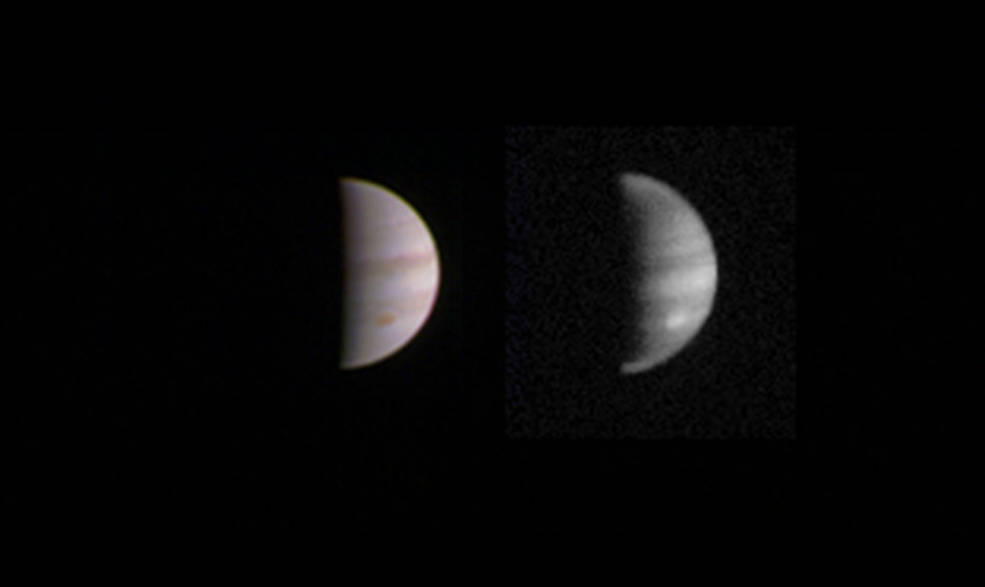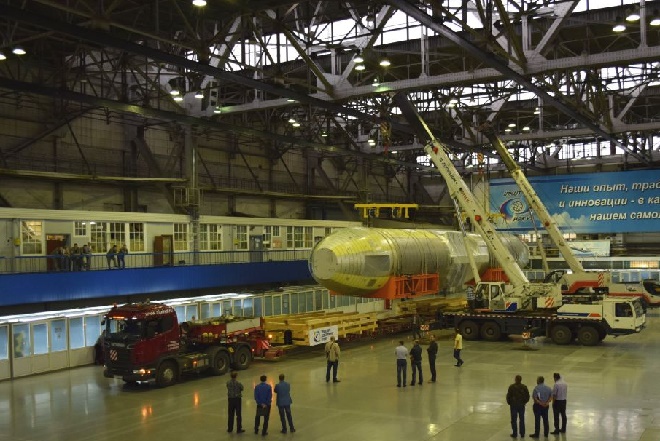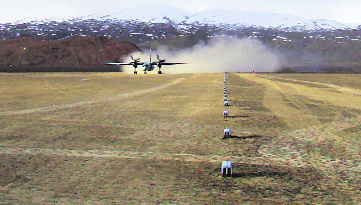
This dual view of Jupiter was taken on August 23, when NASA's Juno spacecraft was 2.8 million miles (4.4 million kilometers) from the gas giant planet on the inbound leg of its initial 53.5-day capture orbit. Photo: NASA/JPL-Caltech/SwRI/MSSS.
WASHINGTON (BNS): NASA's Juno spacecraft will get closer to the cloud tops of Jupiter than at any other time during its prime mission on Saturday at 5:51 a.m. PDT (Pacific Daylight Time). At the moment of closest approach, Juno will be about 4,200 kms above Jupiter's swirling clouds and traveling at 208,000 kms/hr with respect to the planet.
The Aug. 27 flyby will be the first time Juno will have its entire suite of science instruments activated and looking at the giant planet as the spacecraft zooms past. There are 35 more close flybys of Jupiter scheduled during its prime mission (scheduled to end in February of 2018), according to a news release by NASA.
"This is the first time we will be close to Jupiter since we entered orbit on July 4. This is our first opportunity to really take a close-up look at the king of our solar system and begin to figure out how he works," Scott Bolton, principal investigator of Juno from the Southwest Research Institute in San Antonio was quoted as saying in the release.
"No other spacecraft has ever orbited Jupiter this closely, or over the poles in this fashion," Steve Levin, Juno project scientist from NASA's Jet Propulsion Laboratory in Pasadena, California added.
Not only will Juno's suite of eight science instruments be on, the spacecraft's visible light imager -- JunoCam will also be snapping some closeups. A handful of JunoCam images, including the highest resolution imagery of the Jovian atmosphere and the first glimpse of Jupiter's north and south poles, are expected to be released during the later part of next week.
The Juno spacecraft launched on Aug. 5, 2011, from Cape Canaveral, Florida. JPL manages the Juno mission. Juno is part of NASA's New Frontiers Programme, which is managed at NASA's Marshall Space Flight Center in Huntsville, Alabama, for NASA's Science Mission Directorate.
 Previous Article
Previous Article Next Article
Next Article













The Indian Air Force, in its flight trials evaluation report submitted before the Defence Ministry l..
view articleAn insight into the Medium Multi-Role Combat Aircraft competition...
view articleSky enthusiasts can now spot the International Space Station (ISS) commanded by Indian-American astr..
view article